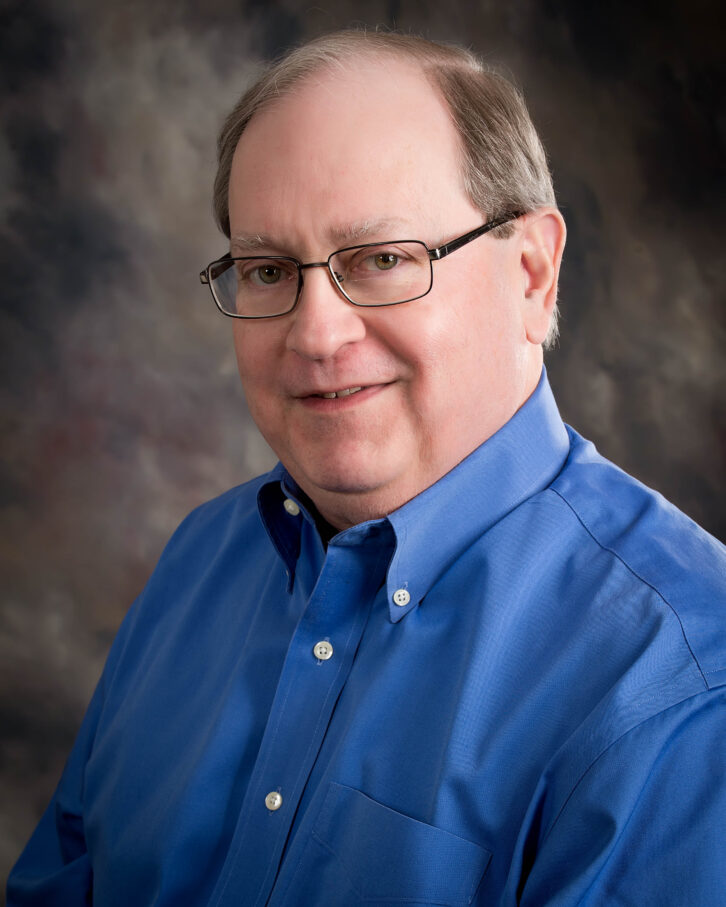Gary Cavell, president of technology consultants Cavell, Mertz & Associates, has been in the broadcasting industry for more than 47 years. Radio World interviewed him for the ebook “Maximizing Your RF Coverage,” published last last year.
Cavell is a member of SBE, Life Member of IEEE and SMPTE, and past president of the IEEE BTS. He was editor in chief of the 11th edition of the NAB Engineering Handbook and is a certified Master Thermographer. He is a recipient of the NAB Radio Engineering Achievement Award and the IEEE BTS Cohen Award for Outstanding Broadcast Engineering.
Radio World: Thanks for answering our questions, Gary. What legal and/or technical strategies have you seen FM broadcasters putting to use in recent years to maximize their coverage or expand their presence?

Gary Cavell: Although somewhat “traditional” seeming, FM class changes, shifts to adjacent frequencies, principal community changes and even new allotment proposals are strategies still being successfully used to more favorably situate transmitting sites to vantage points that provide improved coverage reach into communities of interest. Quite often, and perhaps paradoxically, a class reduction can offer an opportunity to move a station closer to a desired community or a better signal path into a desired area.
RW: What advice would you give to a broadcaster who asks about maximizing coverage?
Cavell: Before rendering any advice or proposing a solution, I find it helpful to ask a series of questions to better understand what the broadcaster is looking for, and what they are REALLY looking for.
For example: What do they perceive to be their present coverage? What do they feel is lacking, where is the audience residing/commuting? In what environment is their target audience listening in (car, office, home)?
Have they done any coverage studies or “population served” analysis to determine where their core audience (and advertisers) reside? What audience is the format targeting — and do you know where they would likely be listening? Are they planning a format change?
Have they had any reception or interference complaints from listeners, sales staff, advertisers … and if so, what kind of complaints and from where?
Once you and the station owner have an understanding of where they are and where they really need to go, I can start working on possible solutions that may better address the real need. Jumping into a quick answer for the articulated question often leads to not solving the real problem. And frankly, sometimes there is simply nothing that can be done for them.
RW: What strategies are available to fill in coverage gaps and fix other signal challenges?
Cavell: Before delving into possible solutions, make sure you understand the nature of the problem, unless it is painfully obvious.
Look at the geometry of the transmitting location versus the location of the areas of concern, along with the transmitting antenna height. Is there intervening terrain, foliage or cultural features like buildings that may impact a clear view into the community?
Then use reception prediction tools starting with optical shadowing studies, and Longley-Rice received signal studies. Be sure to crank in the program’s “land use / land cover” options. Also, know that the default receiving antenna height is typically 30 feet above ground. I prefer to use a more realistic antenna height of 6 feet above ground.
Once I create a Longley-Rice coverage map based upon the theoretical predicted levels and realistic receiving antenna heights, I ask the station owner to look at the map and tell me how this lines up with their actual reception experience and regions where there are perceived problems.
I also separately look at predicted INCOMING potentially interfering signals to see if the areas where coverage issues exist are really interference driven — which may dictate the use of a different approach for resolution.
Finally, look at the locations of other stations’ transmitter sites within the “poor reception” areas. Is the problem localized brute force overload or receiver-induced intermodulation interference?
All of these factors can figure into how the problem can be addressed. It is at that point that we then start looking at relocation, on-channel booster feasibility, fill-in translators, use of HD channels on other stations, and the like.
RW: How can a broadcaster assure that actual performance lives up to the predicted coverage?
Cavell: It’s impossible to provide absolute assurance of performance, since there are so many variables to the transmission/reception equation, many of which are beyond the station’s control. I feel that the best that we can do is to provide relative comparative information based upon the best available methods recognized and accepted by our industry.
Before contemplating any changes, I traditionally recommend creating a Longley-Rice coverage map based upon the existing facility; theoretical signal levels for various levels of performance like urban vs. rural; expected building attenuation factors; and realistic receiving antenna heights and terrain factors. I then ask the station owner to look at the map (and preferably driving around with it) and tell me how this lines up with their actual reception experience and regions where there are perceived problems.
This establishes the “before” coverage conditions against a possible solution generated in an “after” coverage map — provided that the station owner “calibrates” their mind (and ear) using the “before” map. All of this assumes that the existing (and newly constructed) antenna and transmitting system is operating properly and as designed … otherwise the comparison will be flawed.
Another means is to do an actual before vs. after “in the field” measurement of the signal using scientifically based methods such as those set forth in the FCC’s rules — mobile ground-based measurements using the decades-old techniques and analysis means — or some of the newer automated signal analysis boxes using car-top receiving antennas. Both methods are subject to localized influences and errors that affect accuracy, with the “traditional” “FCC method” likely being the most defendable. While tedious and potentially expensive, this is perhaps the best method of scientifically assessing existing coverage and comparing it to the post-installation solution.
The newest tool being used is the use of drone-based antenna pattern measurements, which is a technique we had a hand in developing. Where feasible, these are useful for verifying whether an existing antenna is having performance issues or is operating differently than intended, or to compare an “as-installed” antenna’s pattern to a replaced antenna’s pattern (pre- and post-construction checks), or that the as-installed antenna reproduces a vendor’s published azimuth and elevation patterns.
While the drone-based technique is usable in determining antenna pattern performance, antenna performance is but one part of the complex propagation / signal reception equation. As such, this alone should not be considered to be the sole indicator of ultimate reception in a station’s service area.
RW: Attorneys and engineering consultants both may be involved in a coverage project. How does that work?
Cavell: From my experience, it really needs to be a collaborative effort, and should draw upon the strengths of both disciplines. The consultant generally has the “lead” initially, but then it usually quickly shifts to the lawyer as options start jelling. The consultant looks for technical solutions within the rules and offers alternative approaches for consideration under various possible options.
Where there are FCC rule and policy implications, the legal team plays a key role. Sometimes the technical solution offered by the consultant can only work if a rule or policy can be waived or interpreted differently.
For example, the legal team provides guidance in the case of relocations and “move-ins” that may run afoul of the FCC’s “Rural Radio rule,” checking whether service area gain and loss concerns involving Section 307(b) of the Communications Act may be a factor — the consultant usually provides the gain loss studies for the lawyers — “multiple-ownership” rule complications occasioned by shifts in coverage, and other rule waivers such as the Mattoon waiver.







